Thermocouple Wires 101 Types, Applications, And Properties
Thermocouples are among the most commonly employed temperature sensors in industrial, academic and domestic applications, providing a broad range of temperature measurements. The core component of these devices is the thermocouple wires, which are fundamental for temperature detection and measurement. This article examines the fundamentals of thermocouple wires, including their types, applications and principal characteristics.
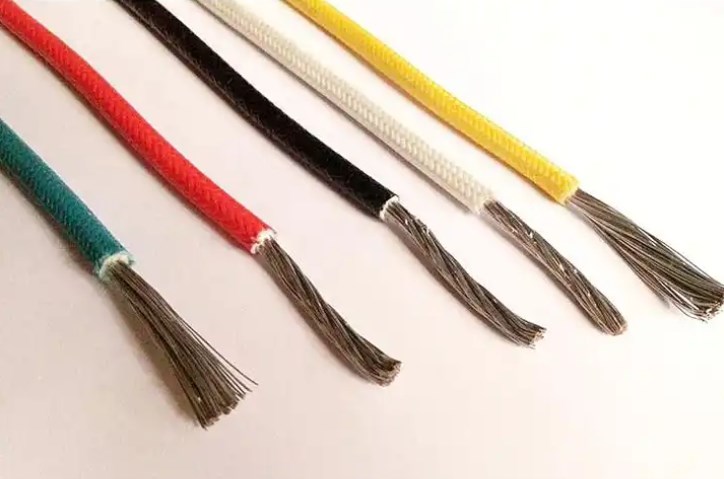
Understanding Thermocouple Wires
A thermocouple consists of two dissimilar metal wires connected at one end, known as the sensing junction. When the junction is heated or cooled, it generates a thermoelectric voltage that correlates with the temperature. The other end, where the wires remain separate, is connected to the measurement instrument, which reads this voltage. The temperature difference between the sensing junction and the reference point (typically at the instrument) is used to determine the actual temperature at the junction.
Which Wires Are Used in Thermocouples?
Thermocouple wires are classified into various types according to the metal alloys utilised. Each type is designated by a letter and is defined by specific temperature ranges and operating environments.
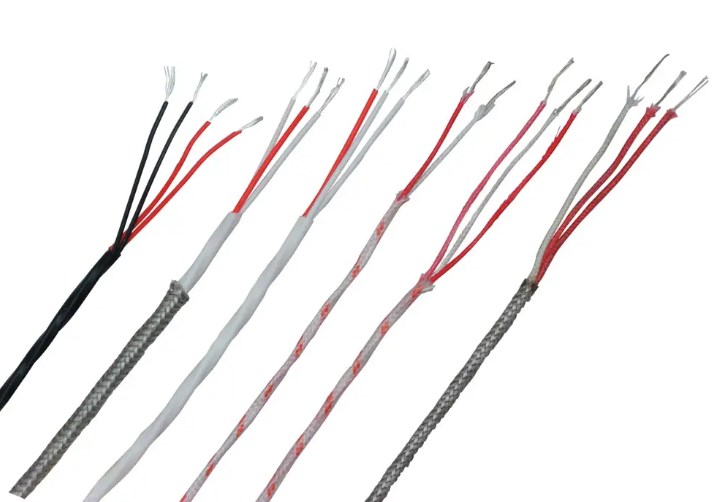
Type K (Chromel–Alumel):
This type is the most frequently used thermocouple. It is suitable for general applications in oxidising or inert atmospheres and operates between -200°C and +1 260°C.
Positive conductor: Chromel (Nickel–Chromium alloy)
Negative conductor: Alumel (Nickel–Aluminium alloy)
Type J (Iron–Constantan):
This type is employed in vacuum, reducing or inert atmospheres, operating from -40°C to +750°C.
Positive conductor: Iron
Negative conductor: Constantan (Copper–Nickel alloy)
Type T (Copper–Constantan):
Type T is applicable for low-temperature measurements in oxidising, reducing or inert atmospheres, with an operational range from -200°C to +350°C.
Positive conductor: Copper
Negative conductor: Constantan (Copper–Nickel alloy)
Type E (Chromel–Constantan):
Type E offers a high voltage output and operates between -50°C and +900°C, making it applicable in a range of situations.
Positive conductor: Chromel (Nickel–Chromium alloy)
Negative conductor: Constantan (Copper–Nickel alloy)
Type N (Nicrosil–Nisil):
Type N provides enhanced stability and greater resistance to high-temperature oxidation compared with Type K. It operates from -270°C to +1 300°C.
Positive conductor: Nicrosil (Nickel–Chromium–Silicon alloy)
Negative conductor: Nisil (Nickel–Silicon alloy)
Types S, R and B (Platinum–Rhodium):
These types are used for high-temperature measurements and provide stability and oxidation resistance. Types S and R operate up to +1 700°C and Type B up to +1 800°C.
Positive conductor for Types S and R: Platinum–Rhodium alloy (Type S contains 10% Rhodium; Type R contains 13% Rhodium)
Negative conductor for Types S and R: Platinum
Positive conductor for Type B: Platinum–30% Rhodium
Negative conductor for Type B: Platinum–6% Rhodium
|
Type |
ANSI Code |
Positive Conductor |
Negative Conductor |
Temperature Range |
Notes |
|
K |
Type K |
Chromel (Ni–Cr) |
Alumel (Ni–Al) |
-200°C to +1 260°C |
Used for general applications in oxidising or inert atmospheres. |
|
J |
Type J |
Iron (Fe) |
Constantan (Cu–Ni) |
-40°C to +750°C |
Employed under vacuum, reducing or inert conditions. Not advised for oxidising environments. |
|
T |
Type T |
Copper (Cu) |
Constantan (Cu–Ni) |
-200°C to +350°C |
Appropriate for low-temperature measurements and humid environments. |
|
E |
Type E |
Chromel (Ni–Cr) |
Constantan (Cu–Ni) |
-50°C to +900°C |
Delivers high voltage output and is applied in low-temperature measurements. |
|
N |
Type N |
Nicrosil (Ni–Cr–Si) |
Nisil (Ni–Si) |
-270°C to +1 300°C |
Offers increased resistance to high-temperature oxidation compared with Type K. |
|
S |
Type S |
Platinum 10% Rhodium |
Platinum (Pt) |
-50°C to +1 760°C |
Utilised for high-temperature measurements in laboratory and industrial settings. |
|
R |
Type R |
Platinum 13% Rhodium |
Platinum (Pt) |
-50°C to +1 760°C |
Applied for high-temperature measurements with an extended operational range relative to Type S. |
|
B |
Type B |
Platinum 30% Rhodium |
Platinum 6% Rhodium |
0°C to +1 820°C |
Designed for extreme high-temperature applications with low oxidation behaviour. |
This table provides a concise summary of the most common thermocouple types, outlining their composition, operating temperature ranges and typical applications. The selection of a thermocouple depends on the specific requirements of the application, including the temperature range, ambient conditions and the required measurement accuracy.
Applications of Thermocouple Wires
Industrial manufacturing: Used to monitor furnace temperatures, molten metal temperatures and other process conditions.
Pharmaceutical industry: Employed in autoclaves and other equipment that demand precise temperature control.
Food industry: Applied in ovens, grills and refrigeration systems.
Aerospace and automotive sectors: Utilised during component testing and system evaluation under high-temperature conditions.
Energy sector: Implemented in power stations for monitoring boiler and turbine temperatures.
Key Characteristics of Thermocouple Wires
Temperature range: Select a thermocouple type that is appropriate for the operational temperature span required by the application.
Environment: Consider the ambient atmosphere (oxidising, reducing, inert or corrosive) in which the thermocouple will operate.
Measurement accuracy and stability: Different types deliver varying degrees of accuracy and stability. Platinum types (S, R, B) offer high stability and accuracy, although they incur greater expense.
Durability: The operational lifespan of a thermocouple wire under harsh conditions is an important factor.
Cost: Costs may vary substantially depending on the thermocouple type and the specific application requirements.
Standards for Thermocouple Wires
Thermocouple wires and their applications are governed by various standards that specify the materials, configurations, tolerances and temperature ranges for the different thermocouple types. These standards ensure that thermocouples are manufactured and applied in a manner that permits accurate and reliable temperature measurement across diverse applications. The principal international standards include:
International Standards
IEC 60584: This standard from the International Electrotechnical Commission defines the thermoelectric voltages and temperature relationships for all standard thermocouples. Part 1 addresses the temperature ranges and tolerance classes for thermocouples, while Part 2 deals with the tolerances for extension and compensating cables.
ASTM E230/E230M: This standard from the American Society for Testing and Materials provides temperature–electromotive force (EMF) tables for standard thermocouple types according to the U.S. Customary System. It also specifies letter designations, tolerances and other essential properties of thermocouples.
National Standards
ANSI MC96.1: The standard from the American National Standards Institute for temperature sensors, including thermocouples. It sets out guidelines for the application, performance and error limits of thermocouples.
BS EN 60584: This British Standard adopts the IEC 60584 guidelines, establishing the relationship between thermoelectric voltage and temperature, as well as the tolerances for thermocouples.
DIN EN 60584: The German version of the IEC standard, as published by the Deutsches Institut für Normung.
Japanese Standards
JIS C 1602: This Japanese Industrial Standard specifies the thermoelectric voltage and the temperature range for the thermocouples used in Japan.
Other Considerations
In addition to the above standards, thermocouple wires must conform to specifications regarding insulation, wire gauge and the intended operating conditions (including temperature range and atmosphere). These factors affect the accuracy, response time and longevity of the thermocouple.
Insulation material: Depending on the operating environment, thermocouple wires are insulated with materials such as fibreglass, PTFE or ceramic to protect them against physical damage, electrical interference and chemical corrosion.
Wire gauge: The diameter of the thermocouple wire can influence the response time and electrical resistance. Standards recommend different wire thicknesses depending on the specific application requirements.
Standards for connectors and terminals: The connectors and terminals used with thermocouple wires must also comply with established standards to ensure compatibility and preserve the accuracy of temperature measurements.
Conclusion
Thermocouple wires are essential instruments for temperature measurement. Various types are available to meet nearly every application requirement. An understanding of the types, applications and inherent properties of these wires enables users to select an appropriate thermocouple that facilitates accurate and reliable temperature measurement in any environment. Whether the application is in industrial manufacturing, pharmaceutical processing, food production or another field that requires precise temperature control, an appropriate thermocouple wire is available to meet the operational requirements.

 Bars
Bars
 Beads & Spheres
Beads & Spheres
 Bolts & Nuts
Bolts & Nuts
 Crucibles
Crucibles
 Discs
Discs
 Fibers & Fabrics
Fibers & Fabrics
 Films
Films
 Flake
Flake
 Foams
Foams
 Foil
Foil
 Granules
Granules
 Honeycombs
Honeycombs
 Ink
Ink
 Laminate
Laminate
 Lumps
Lumps
 Meshes
Meshes
 Metallised Film
Metallised Film
 Plate
Plate
 Powders
Powders
 Rod
Rod
 Sheets
Sheets
 Single Crystals
Single Crystals
 Sputtering Target
Sputtering Target
 Tubes
Tubes
 Washer
Washer
 Wires
Wires
 Converters & Calculators
Converters & Calculators
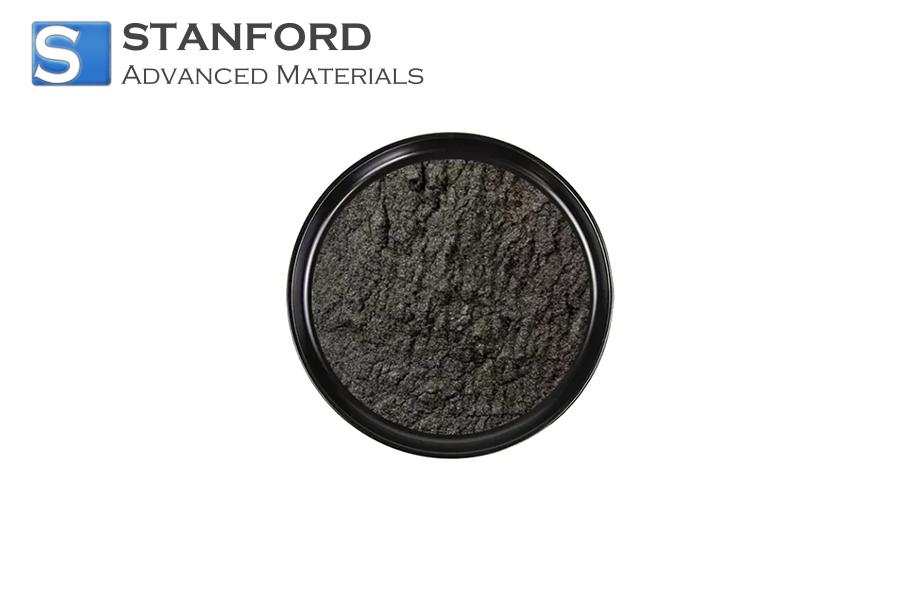
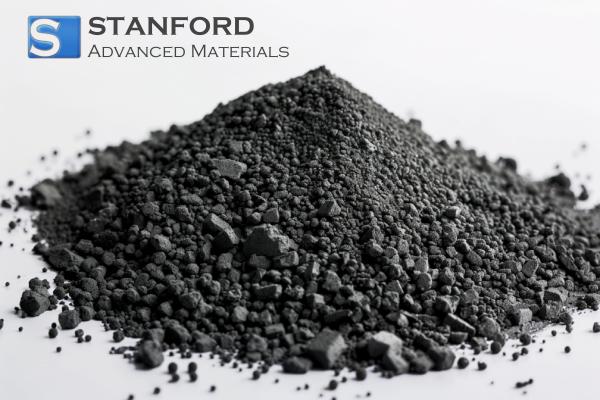
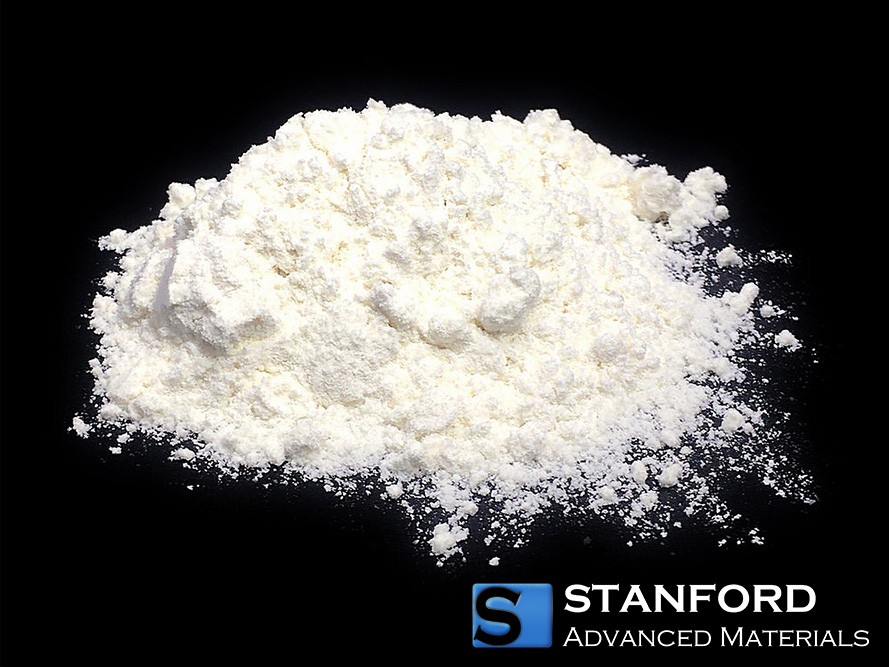
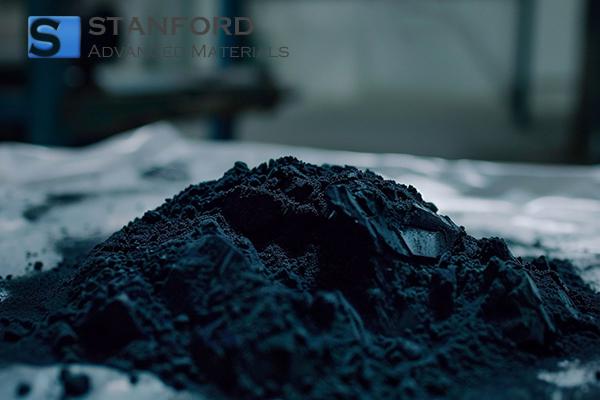
 Chin Trento
Chin Trento


